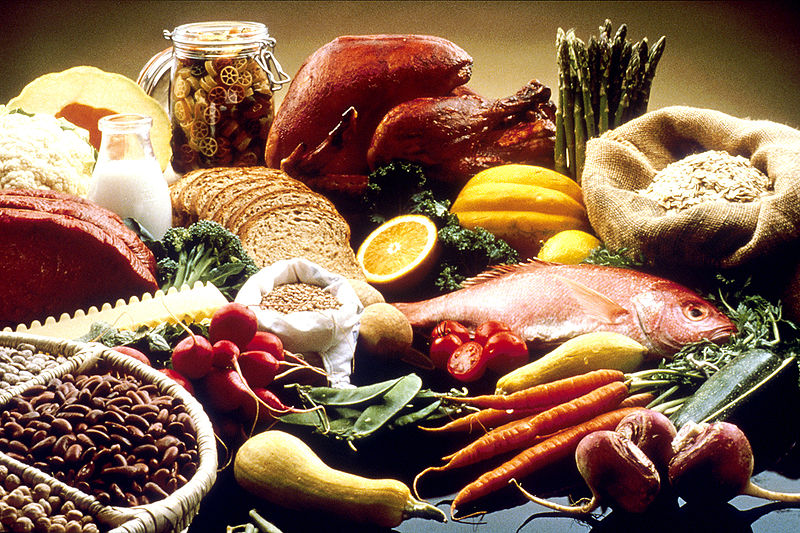Long-term planning for increasingly severe and frequent drought is needed now by industry bodies, regional councils and government, to reduce the strain on farmers and growers over the next decades, a new report highlights.
Commissioned by three National Science Challenges, the report Growing Kai Under Increasing Dry brings together insights from farmers, growers, industry bodies, researchers and government about how to adapt to intensifying drought conditions.
These insights were garnered in a series of online webinars and a one-day symposium in May, hosted by Deep South, Resilience to Nature’s Challenges, and Our Land and Water National Science Challenges.
A national long-term climate change adaptation strategy that supports farmer resilience is needed to reduce the economic risks of increasing drought, says Nick Cradock-Henry, a Manaaki Whenua – Landcare Research senior researcher who presented at the events.
Research has found that between 2007 and 2017, drought cost New Zealanders around $720m – six times the figure for flood damage. Severe losses of up to 54 per cent in sheep/beef farm profits are expected by 2100.
The report calls for regional councils to undertake clear planning for likely future climate scenarios in their regions, and to engage with farmers and growers to develop a shared understanding of the scenarios’ implications for the primary sector.
Regional and local councils will also need to focus on the resilience of rural communities and the mental wellbeing of farmers, the report says.
Andrew Tait, NIWA’s Chief Scientist for Climate, Atmosphere and Hazards, presented on how by the mid-to late 2000s the entire country, except for coastal South Island, is predicted to have exacerbated drought conditions which are expected to be more extreme in the North Island and east of the South Island.
Farmers in most North Island regions can also expect to spend 10 per cent more time in drought by the middle of this century.
For 4th generation Marlborough sheep and beef farmer Fraser Avery, who spoke at the symposium, “drought isn’t a new challenge”.
He farms out at Lake Grassmere, north of Blenheim, an area prone to long, hot summers with little to no rainfall.
Despite the strain this places on his family, he has shifted his farming practices to suit the changing climate by reducing the capital stock (often breeding stock, intended to be farmed for 12 months) from 80 per cent to 50 per cent.
Fraser says this approach gives him the flexibility to run more stock in a good season, and less in a drought.
“If you can create as many options as possible, then you feel like you’ve got a card to play but when you’re struggling for options, you feel a lot more pressure and stress.”
The clear message from the symposium was that while farmers need to begin incremental adaptations to climate change, they must be better supported to do so. People in regional councils, industry bodies, government and science must take responsibility for developing ‘system adaptations’ like improving drought modelling, and larger, transformational adaptations such as identifying new land use opportunities.
Source: Deep South Challenge












